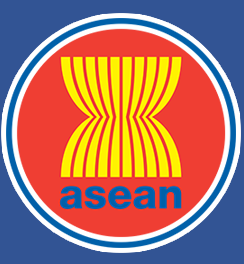ASEAN Journal on Science and Technology for Development
Abstract
The impact of humans on landscapes may differ across regions because anthropogenic intervention on the respective landscapes occurs in different human-induced contexts. This study was designed to assess the human-induced landscape evolution of the Citanduy Watershed, Java, Indonesia, and determine its anthropogenic signatures. Several approaches were used, namely anthropogenic landscape identification, anthropogenic soil development, sediment analysis, and monitoring of changes to Segara Anakan lagoon at the mouth of the Citanduy Rier. Five types of anthropogenic landscapes were observed in the research area, from a slightly modified landscape to a fully anthropogenic landscape. The anthropogenic signature was also found in the sediment of the lagoon. Present and recent environmental evolution of the lagoon was reconstructed based on series changes in the lagoon area. This reconstruction was then linked to the governmental program and anthropogenic intervention to reveal the complexity of the human-induced landscape evolution. Anthropogenic phenomena were found to strongly influence the evolution of Segara Anakan lagoon, as recorded approximately through three phases of its evolution: 1) natural processes occurring continuously until 1960, 2) human-induced landscape evolution, the boundary of which occurred in 1960–1980, and 3) the recent anthropogenic evolution that has existed since 1980.
Publication Date
4-30-2020
Recommended Citation
Ngainul, Malawani Mukhamad; Djati, Mardiatno; and Eko, Haryono
(2020)
"Anthropogenic Signatures in the Context of Landscape Evolution: Evidence from Citanduy Watershed, Java, Indonesia,"
ASEAN Journal on Science and Technology for Development: Vol. 37:
No.
1, Article 3.
DOI: https://doi.org/10.29037/ajstd.600
Available at:
https://ajstd.ubd.edu.bn/journal/vol37/iss1/3

